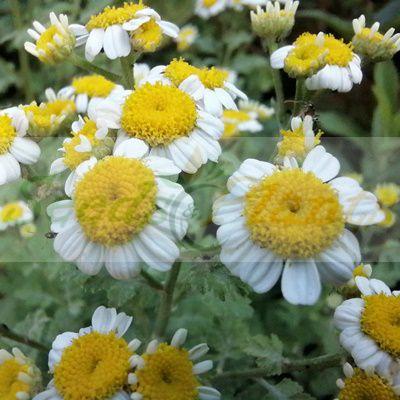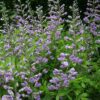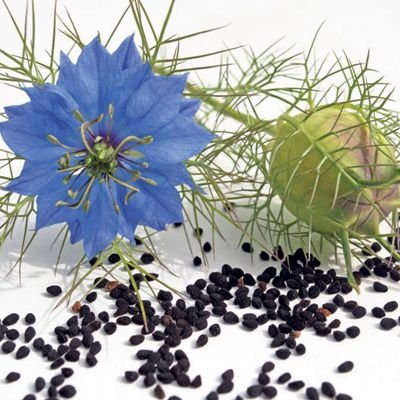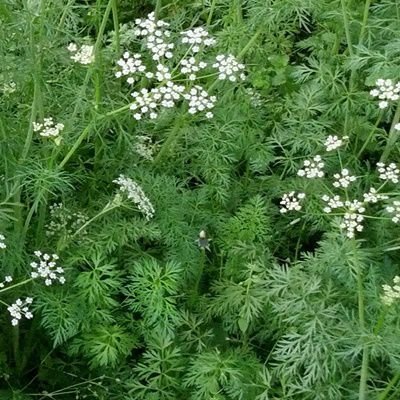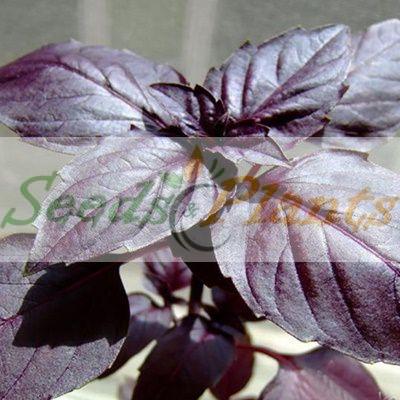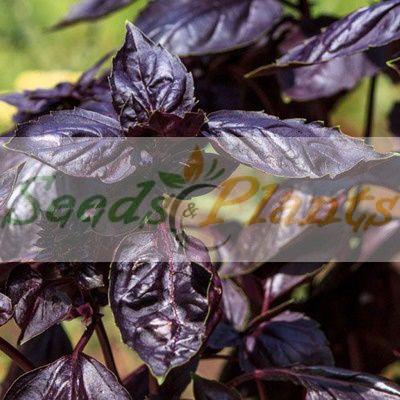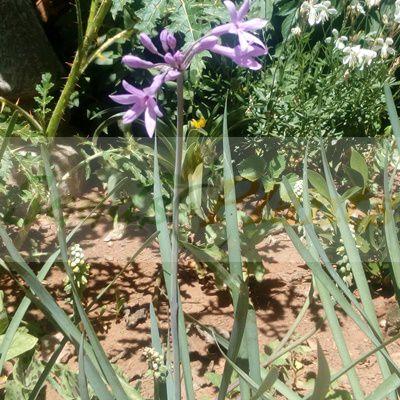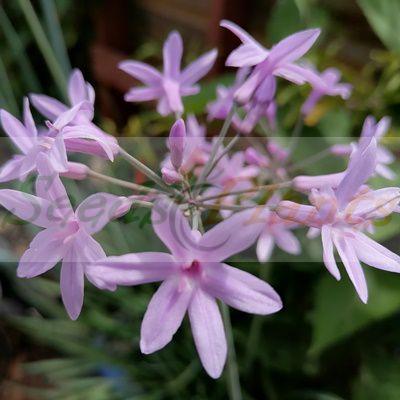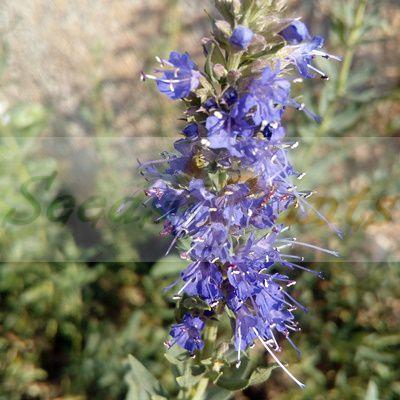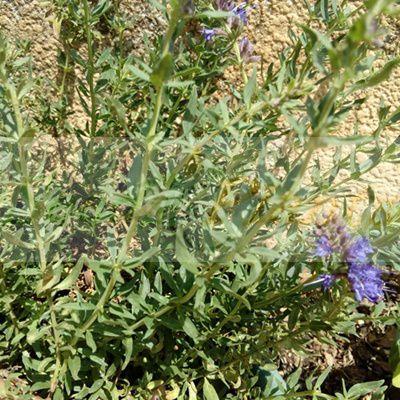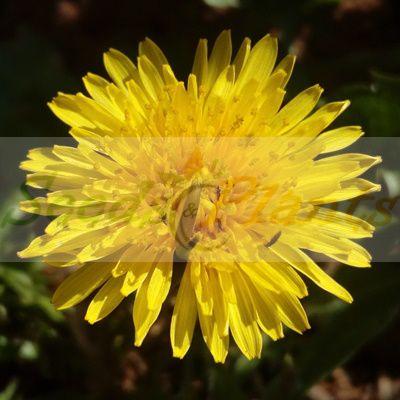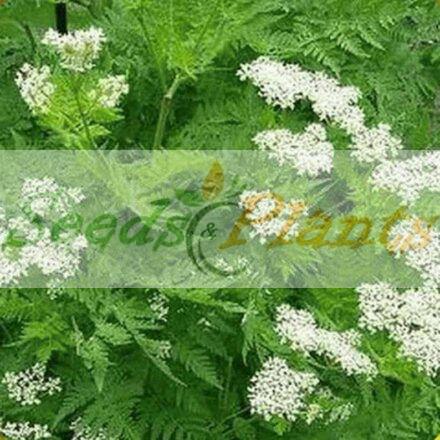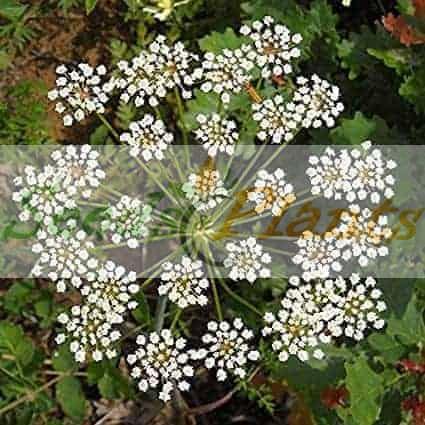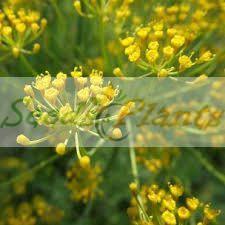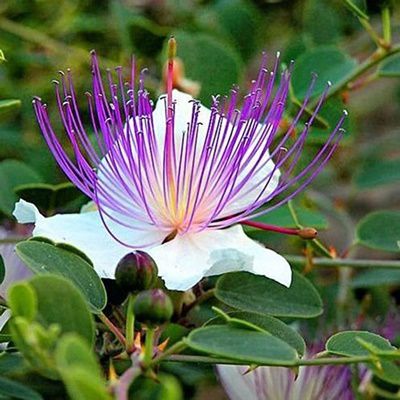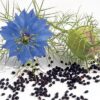-
×
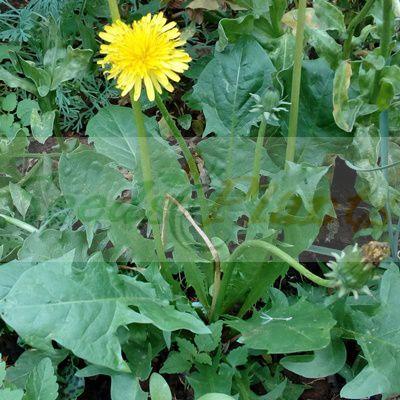 Dandelion - 20 Seeds
1 × R30.00
Dandelion - 20 Seeds
1 × R30.00
Black Cumin – 20 Seeds
(Nigella Sativa)
R30.00
In addition to its culinary use, it’s very popular in various traditional medicine like Unani, Tibb, Ayurveda & Siddha.
Common Names: Black caraway, black seed, black cumin, fennel flower, nigella, nutmeg flower, Roman coriander, black onion seed and kalonji.
In stock
Categories: Culinary Herb Seeds, Medicinal Plant Seeds
Black Cumin (Nigella Sativa) Seeds. Also known as black seed, Kaljoni, Fennel Flower and Love in a mist, it belongs to the buttercup family of flowering plants and is an annual plant. Nigella blooms in the summer with blue, pink or white flowers and have feathery leaves. It grows up to 30 cm tall and produces a fruit with seeds that are used as a flavorful spice in many cuisines.
In addition to its culinary use, Nigella is known for its medicinal properties. In fact, its use can be traced back several centuries as a natural remedy for everything from bronchitis to diarrhea. It is very popular in various traditional systems of medicine like Unani and Tibb, Ayurveda and Siddha.
N. sativa is native to Southern Europe, North Africa and Southwest Asia and it is cultivated in many countries in the world.
Common Names: Black caraway, black seed, black cumin, fennel flower, nigella, nutmeg flower, Roman coriander, black onion seed and kalonji.
Black Cumin Culinary Uses
- Nigella seeds have a strong aroma and taste that have notes of onion, oregano, and black pepper.
- Nigella seeds are found frequently in Indian, Middle Eastern, and North African cuisines, in curries and lentil dishes alike.
- Nigella seeds goes well with root vegetable dishes as well as squashes such as spiced butternut squash.
- It can be added to stir-fries.
- A common use of nigella is in bread and pastries.
- It is also used a a garnish on a salad for an extra crunch.
Black Cumin Medicinal Benefits
- The seeds of N. sativa are widely used in the treatment of various diseases like bronchitis, asthma, diarrhea, rheumatism and skin disorders.
- Nigella seeds also have an antihistamine element and can aid in assisting with sore throats.
- It is also used as liver tonic, digestive, anti-diarrheal, appetite stimulant, emmenagogue, to increase milk production in nursing mothers, to fight parasitic infections, and to support immune system
Growing Black Cumin
Indoor Sowing: Late Winter / Early Spring.
Direct Sowing: Spring and Summer.
- Plant Nigella Sativa Seeds when no risk of frost exists.
- Sprinkle the Nigella sativa seeds lightly over the planting area.
- Sprinkle about 1/4 to 1/2 inch of soil over the seeds. Pat the soil gently to hold the seeds in place.
- Sprinkle the planting area gently with water to moisten the soil to a depth of 1 to 2 inches. Keep the soil evenly moist, but not wet, to stimulate germination and plant growth.
- Seedlings appear in one to two weeks and flowers in about two to three months later.
- Need Full sunlight and soil with good drainage. Soil pH 6 to 7.
- Can survive in dry soils, but regular watering during prolonged dry periods is recommended.
Medical Disclaimer
Information is for educational and informational purposes only and may not be construed as medical advice. The information is not intended to replace medical advice or treatment offered by healthcare professionals.


